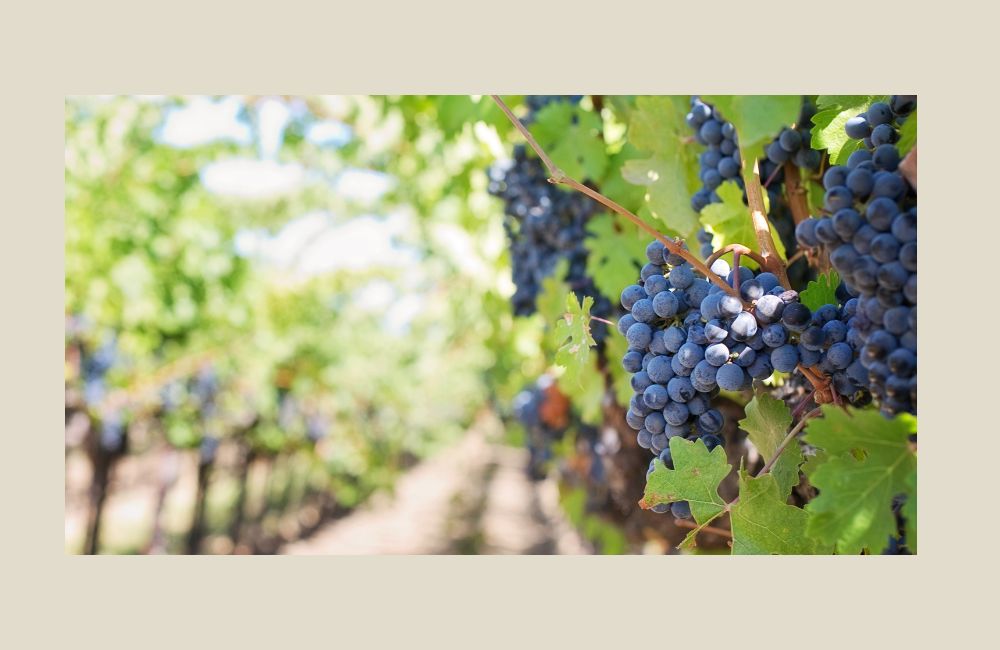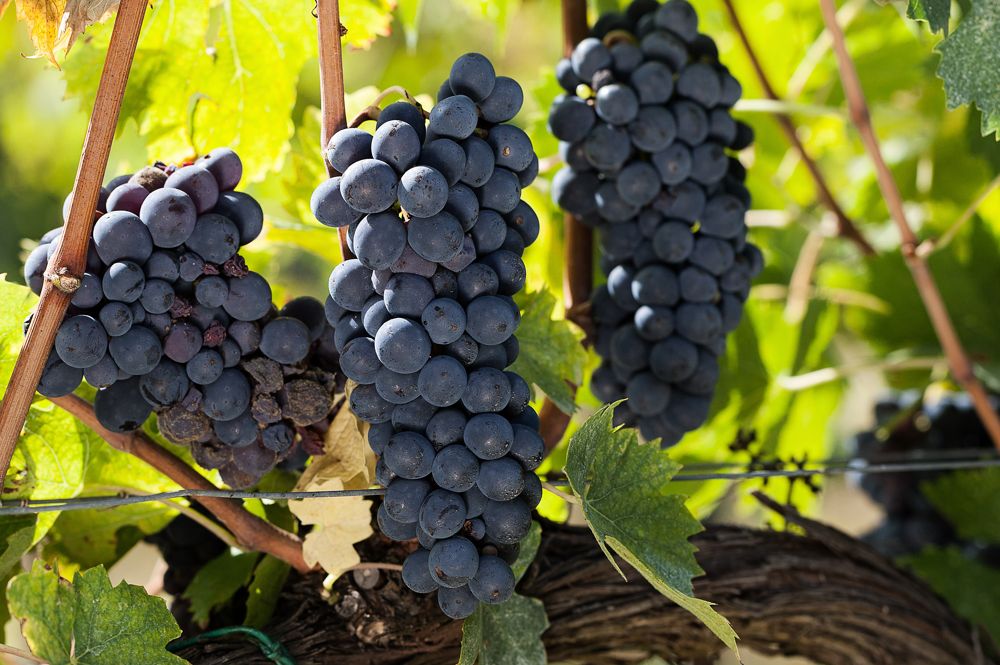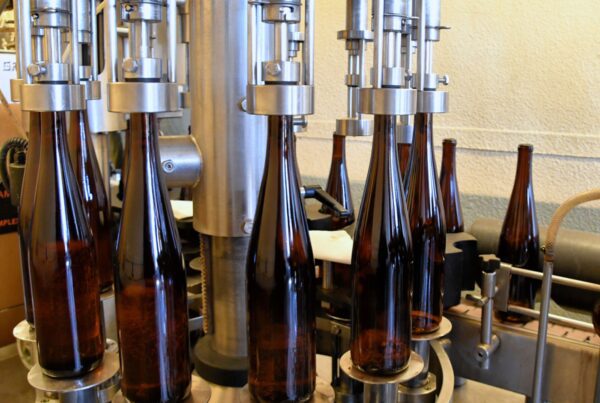Grapes grow on vines not trees.
A grapevine is a climbing plant with flexible stems that requires support to grow upwards, often using trellises or other structures.
The term vine usually applies to grapevines but can mean any plant that climbs.

What is a grapevine?
A grapevine is a perennial climbing plant, Vitis vinifera, known for its capability to produce grapes.
It thrives in temperate climates, preferring regions with long, warm growing seasons for optimal fruit development.
Most vineyards lie between 30° and 50° north and south of the Equator in order to meet the temperature and dormancy needs of vines.
Grapevines are adaptable to various soil types, but well-drained soil with high stone and rock content to absorb and reradiate heat is ideal.
They require full sun and support structures like trellises or fences to facilitate their climbing growth habit through tendrils.
The lifecycle of a grapevine begins with planting dormant cuttings or young plants in early spring. It enters a vegetative state, developing roots, leaves, and shoots.
Flowering occurs in late spring, followed by pollination and fruit set.
Grapes mature throughout the summer and are typically harvested in late summer to fall, depending on the grape variety and intended use.
Post-harvest, vines enter dormancy, shedding leaves in fall and conserving energy through winter.
Pruning in winter is crucial to remove old growth and shape the vine, influencing the next season’s yield and health.
Purpose of grapevines
Grapevines have versatile fruit uses, making it a valuable agricultural commodity worldwide.
Grapes are one of the world’s most commonly produced fruit crops.
Almost 50% of grapes are used to make wine, with one third consumed as fresh fruit.
The rest is dried, consumed as grape juice or stored in the form of grape musts, according to experts at the Food and Agriculture Organization of the United Nations (FAO).
Grapes harvested from grapevines serve multiple uses:
Fresh Consumption: Table grapes are consumed fresh and are bred for larger fruits with thin skins.
Wine Production: Wine grapes are smaller, often with seeds and thicker skins that contribute to the wine’s color and flavor. They are fermented to produce wine.
Raisins: Drying certain grape varieties produces raisins, used in cooking, baking, and as snacks.
Juice: Grapes are made into juice, which can be consumed directly or used as a base for other beverages.
Jams and Jellies: Grape pulp and juice are ingredients in jams, jellies, and preserves due to their high sugar and pectin content.
Vinegar: Wine vinegar is made from fermented grape wine.
Differences between grapevines and trees
Trees have a rigid trunk that supports the plant structure that allows them to grow upright independently. Grape vines use tendrils to attach to structures, enabling them to climb and spread, a feature trees do not possess.
Grapevines have a lifespan of 100 years or more, depending on the species and environmental conditions. Trees can live for several hundred years, with some species living for thousands of years.
The growth rate of grape vines is generally faster than that of trees, allowing them to reach full production within a few years, whereas trees may take longer to mature.
Grape vines are primarily grown for fruit production (grapes), which are used for eating, juice, and wine making. Trees can serve a wider range of purposes including fruit production, timber, shade, and ornamental uses.
Grape vines undergo annual pruning to maintain health and productivity, involving the cutting back of most of the plant’s growth from the previous year.
Trees can also be pruned, but the approach is generally to remove dead or unwanted branches rather than controlling the size and shape of the entire plant.





